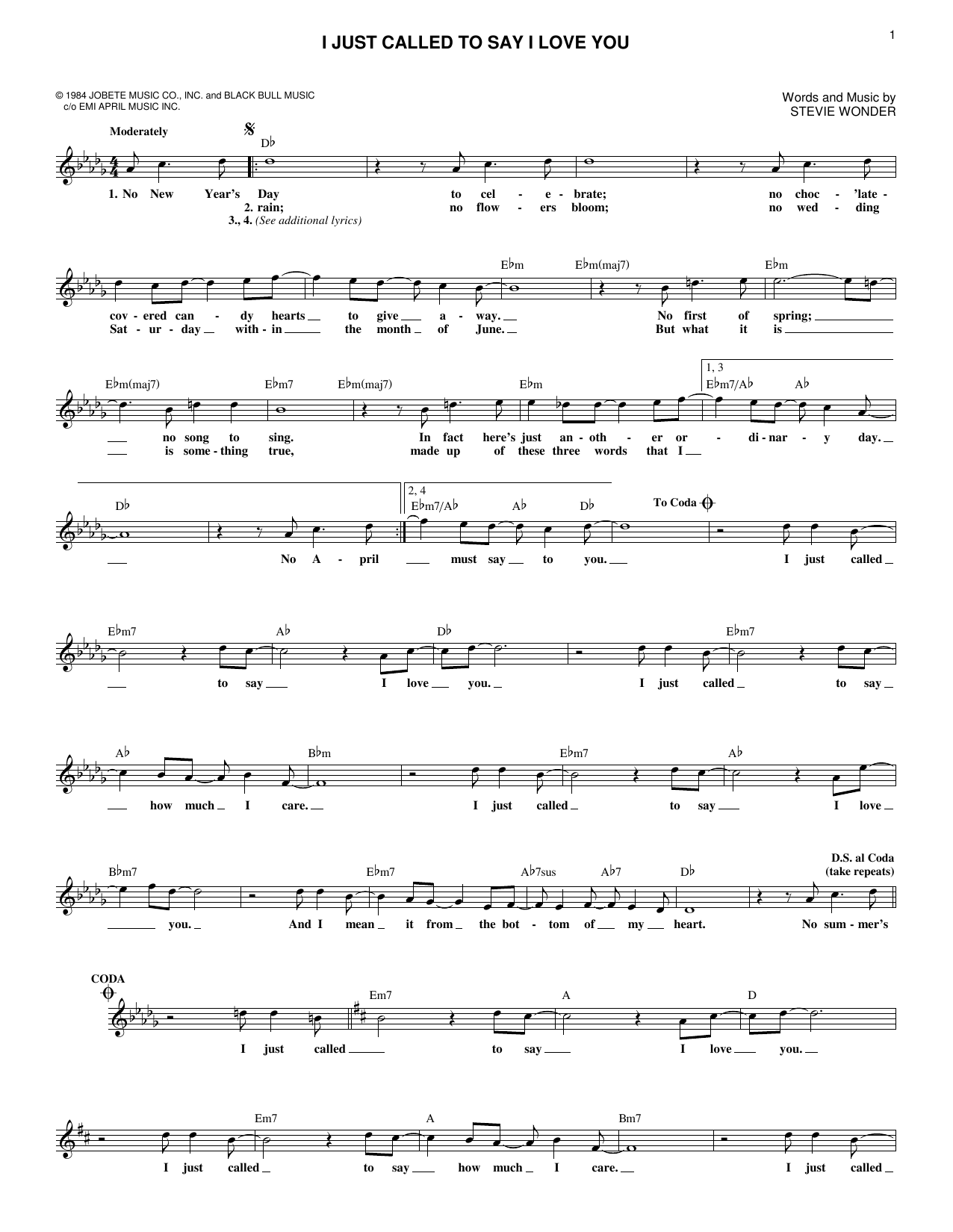


First, we consider the scenario where the music is given in the form of an audio recording (and not as a symbolic music representation).In the FMP notebook on F0 tracking, for example, we make the following simplifying assumptions: In music processing, one often considers a restricted scenario. As with many other concepts in music processing, the notion of melody remains rather vague. In some performances, the notes of a melody may feature easily discernible time–frequency patterns such as vibrato, tremolo, or glissando (i.e., a continuous glide from one pitch to another). Or the melody is played by some instrument with a characteristic timbre. For example, the melody often comprises the higher notes in a musical composition, while the accompaniment consists of the lower notes. In any case, the melody typically stands out in one way or another. Sometimes melody and accompaniment may even be played on a single instrument such as a guitar or a piano. Oftentimes, the melody constitutes the leading element in a composition, appearing in the foreground, while the accompaniment is in the background.

As the original Greek term melōidía (meaning "singing" or "chanting") implies, a melody is often performed by a human voice. Because of the special arrangement of tones, a melody is perceived as a coherent entity, which gets stuck in a listener's head as the most memorable element of a song. In general terms, a melody may be defined as a linear succession of musical tones expressing a particular musical idea. When asked to describe a specific song, we are often able to sing or hum the main melody.


 0 kommentar(er)
0 kommentar(er)
